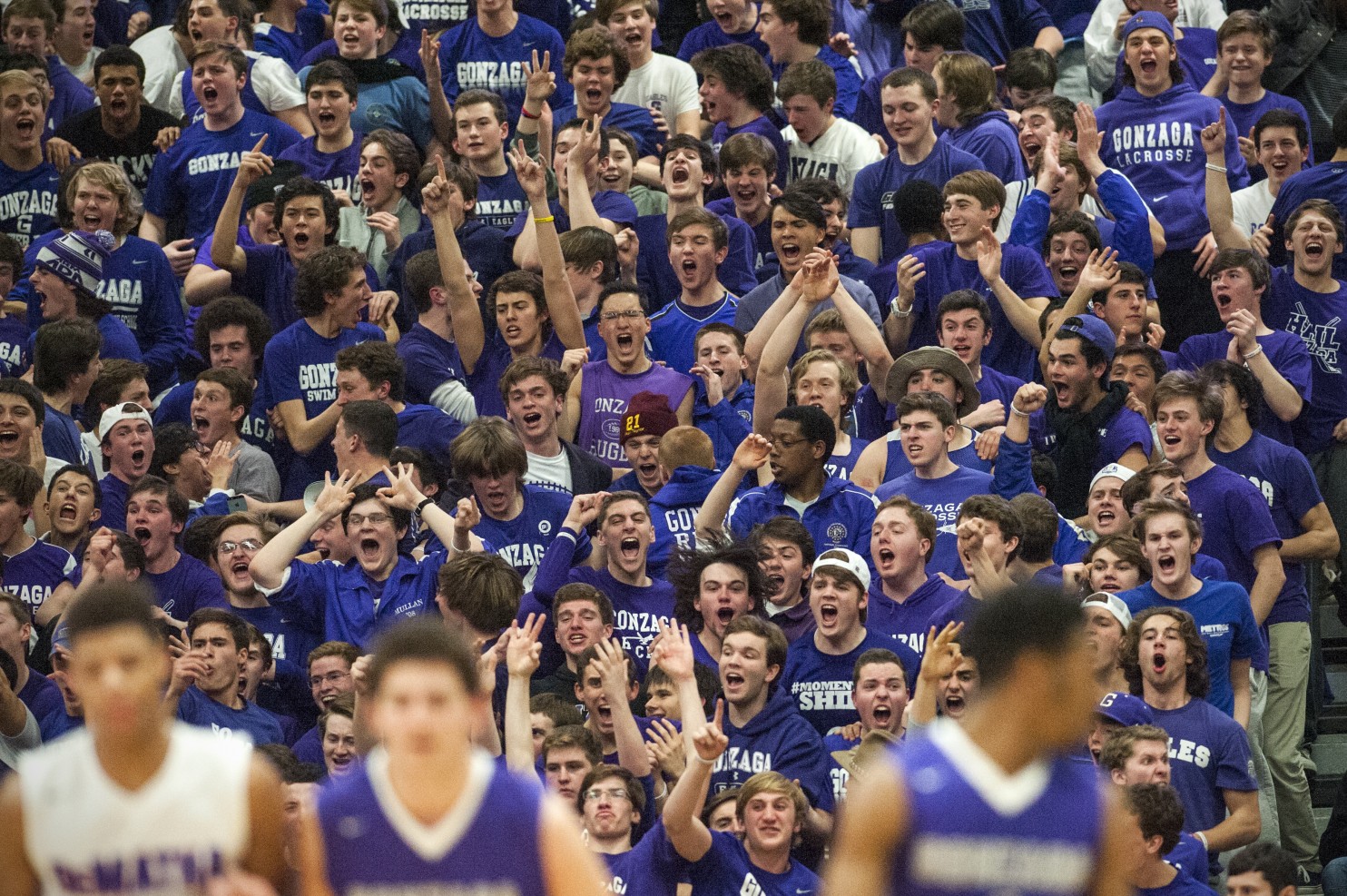Congratulations go out to DeMatha’s Markelle Fultz and Paul VI’s V.J. King, who were recently named to the McDonald’s All-America team. This year marks the first time in nine yars that the Washington area has had two representatives on the prestigious squad.
The teams Fultz and King play for are doing well this year, too. DeMatha is 16-3 and ranked No. 1 this week, although that should change after the Stags’ loss to league rival Gonzaga. Paul VI is a more modest 12-7 and ranked 18th.
Both players – along with standout St. John’s guard Anthony Cowan – are ranked among the ESPN’s top 100 high school prospects in that latest rankings. Fultz is No. 10, King is No. 26 and the Maryland-bound Cowan is No. 69.
These numbers once again point up the oustanding caliber of basketball played in the Washington Catholic Athletic Conference, the private school league that includes the area’s top three teams, according to the Washington Post (DeMatha, St. John’s and Gonzaga), as well as four of the top nine overall.
Fans of the WCAC can rightfully claim their league as one of the best – if not the best – in the county, year in and year out.
That’s all well and good. But does it bother anybody – other than me – that more and more, the private schools are the only ones that really matter during high school basketball season?
The two biggest boys games of the year so far in terms of local media coverage were the matchups between St. John’s and Gonzaga and Gonzaga and DeMatha. Games between good public school teams, meanwhile, are largely ignored.

Whatever happened to the great public school showdowns – T.C. Williams vs. West Springfield, Blair vs. Springbrook or Dunbar vs. Spingarn – seem to have vanished from the local landscape. Once upon a time, you’d need to arrive by halftime of the junior varsity game in order to get a seat. But these days, it seems like that fervor is reserved for just the biggest private school games.
There are several reasons for this. The best players around simply gravitate toward the private schools now. Playing at a DeMatha or a Gonzaga seems to increase the odds of getting a college scholarship and playing at the next level.
The private school programs are attractive for other reasons, too. From a basketball standpoint, the private schools are allowed to play more games than their public school counterparts and have fewer restrictions on where they can travel for holiday tournaments and non-league games. Over the course of a four-year high school career, a player at a private school can basically play an extra season’s worth of games – no small advantage in one’s formative years.
From an academic standpoint, private schools can also offer benefits to the aspiring college student/athlete. Academics are generally more rigorous, classes are smaller and the distraction of discipline problems or disruptive students is typically not a factor. College coaches also figure you’re less of an academic risk if you’ve taken college prepatory courses already and you’ve shown that you can do the classwork required.
The migration of the best high school players to the private schools is nothing new; it’s a trend that’s been increasing for decades. Kids who can play basketball – and their parents – are much more like consumers in the marketplace now. They’re looking for the best situation, the one most likely to move him to the next level. That’s one of the reasons that player transfers have reached almost epidemic proportions.
Look, I can understand a player or his parents looking out for their own best interests. But it seems like local high school basketball is poorer overall as a result. More and more, you see the best players concentrated on the rosters of the top couple of teams – not unlike the situation with the U.S. economy, I suppose. Much in the hands of a few.
The private schools – because the best ones are so good – get the lion’s share of the local media coverage as well. This is understandable in some sense because there are more than 250 high schools in the metro area and the Post or anyone else simply can’t cover everybody. But public school basketball doesn’t get the kind of coverage it deserves locally (which would help the sport overall) because so many of the local papers that used to cover those schools (the old Journals, the Gazette newspapers) have closed down.
I’m not sure what the solution is; maybe there isn’t one. I just know that to a traditionalist like me, playing for your neighborhood high school basketball team still ought to be important. But it just doesn’t seem that way anymore.